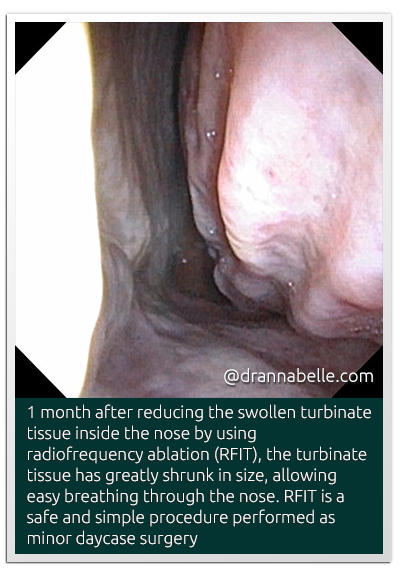Children’s ENT
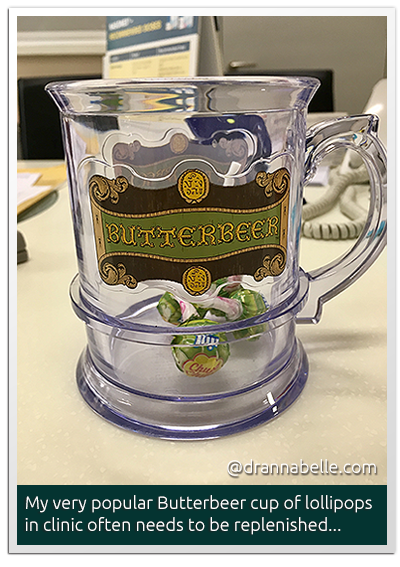
Snoring and Breathing Problems in Children
Having good quality sleep is extremely important for children as this is the critical time when optimal physical and mental growth and development take place. Parents often notice that their young children may snore quite loudly at night. Snoring itself is not particularly harmful to the child but it may be a sign of underlying obstructive sleep apnoea (OSA), which is more worrying, especially if the snoring is associated with frequent pauses in breathing, waking episodes at night or increased effort made by the child to breathe at night. Sometimes, bedwetting at night may be a more subtle sign that the child is suffering from an element of OSA. Other discreet signs of OSA to watch out for include changes in the child’s behaviour and attention deficits, which may also be noticed by the child’s teachers at school.

OSA in children is a different entity from OSA in adults. In a normal and otherwise healthy child, OSA is commonly caused by enlarged tonsils and adenoids at the back of the nose and throat, which may obstruct the airway when the child is asleep. This may affect his breathing and lead to poor sleep quality due to a chronic lack of oxygen. In the daytime, a common sign of enlarged tonsil and adenoid tissue may be persistent mouth-breathing as the child finds it difficult to breathe through his or her nose. Some studies suggest that chronic mouth-breathing over a prolonged period may result in permanently elongated facial shape and structure, classically described as “adenoidal face”.
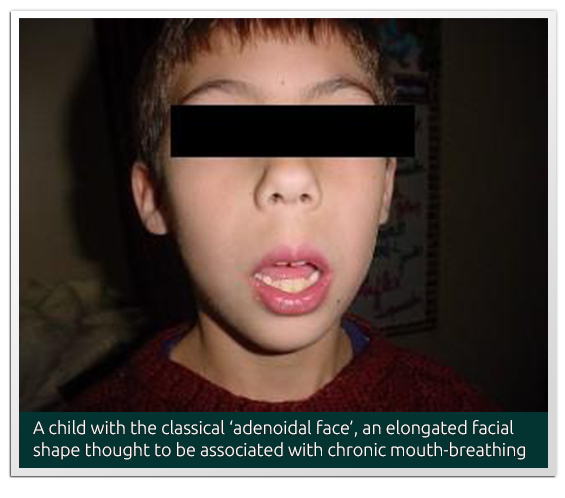
The tonsils and adenoids form part of a specialised ring of lymph gland tissue (part of the immune system) and may be quite prominent in young children and even teenagers and adults. Reassuringly though, surgical removal of the tonsils and adenoids to treat OSA in older children and adults does not negatively affect the immune system, as other components of the immune system, such as the spleen, blood and bone marrow, develop much more important roles in fighting infection. In many children, the tonsil and adenoid tissue begins to shrink by itself around the age of 7 so that by the time they reach puberty or young adulthood, most of them will no longer have large tonsils or adenoids. Sleep studies are usually reserved for children with other health issues or underlying syndromes or if the diagnosis of OSA remains unclear.
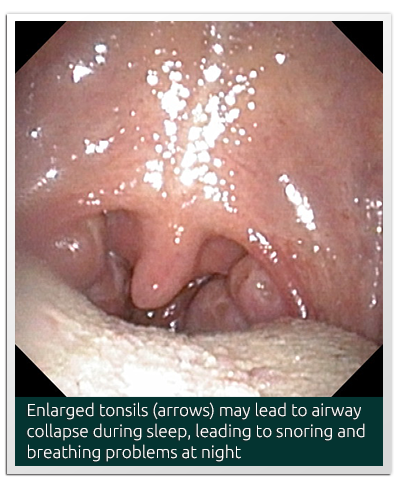
Sometimes, nasal issues like allergic rhinitis (sensitivity of the lining inside the nose) may cause nasal congestion and runny nose, which in turn may lead to snoring in children. Nasal allergy usually gives rise to swelling and enlargement of the soft tissue inside the nose. In children, we always try medication to treat first if possible and only consider surgery if the medical option does not help to improve the problem at hand.
Foreign Bodies in the Ear Nose Throat
In children, finding foreign bodies in their ears, nose and throat is quite common. Sometimes the child doesn’t even remember inserting the foreign body at all. These can range from beads, toy parts, nuts and seeds but the most dangerous foreign objects in the nose and throat are button batteries because they release strong chemicals (alkaline substances) into the moist surrounding tissue, often in less than 1 hour. Button batteries must therefore be removed immediately to avoid serious damage to the sensitive soft tissue linings of the nose and throat.
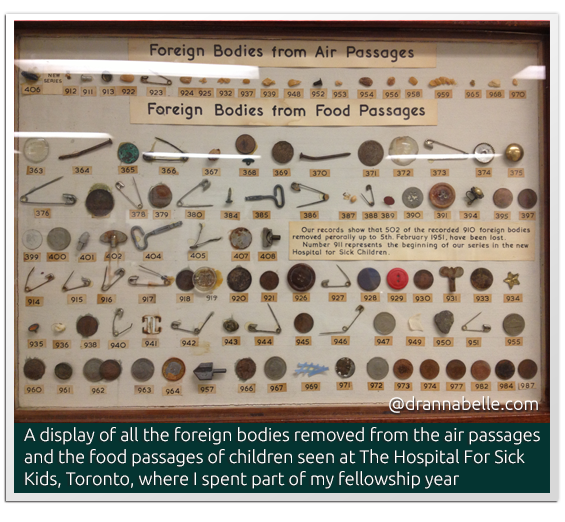
Sometimes, insects become trapped in children’s (and adults’) ears. The most important point is not to panic, then pour some baby oil or olive oil into the ear to kill the insect. After that, visit the ear nose throat specialist to have it removed safely and to check that the eardrum has not been injured.
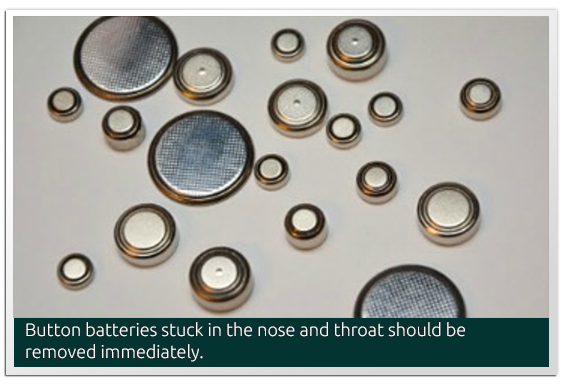
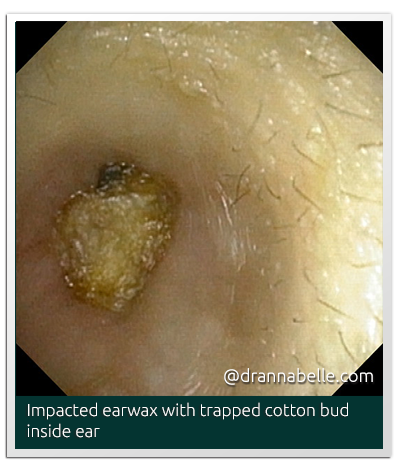
Sore Throat Problems in Children
The most common cause of a sore throat is usually during a bout of flu due to a viral infection. Throat infections may make it hard to eat and drink and sometimes, if the patient is unable to swallow properly, then he or she may have to be admitted to hospital to have fluids, antibiotics and painkillers given through an intravenous drip (into the veins instead of through the normal route by mouth).
In children, sore throats can sometimes be due to tonsillitis, a viral or bacterial infection of the tonsils which can be rather painful. The child with tonsillitis may also have a high fever and may have problems swallowing. Parents may notice that the child may snore more loudly at night due to temporary swelling of the tonsils during infection. Many cases of tonsillitis however, settle down with supportive care using painkillers and antibiotics. If tonsillitis occurs on a frequent basis e.g. more than 3-4 times a year, then surgical removal of the tonsils (tonsillitis) may be advised to prevent recurrent attacks of infection.
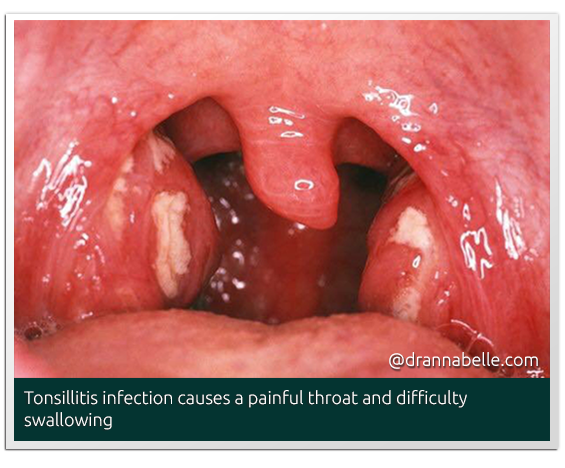
Runny Nose in Children
Enlarged Adenoidal Tissue
Children may sometimes have thick trails of slimy yellow mucus running out of their noses. Although this is most commonly seen when they are suffering from a bad cold or the flu, this may also be due to enlarged adenoidal tissue obstructing the back of their nasal passages. The adenoids are made of specialised lymphoid tissue that may be a source of the nasal discharge and this is due to chronic inflammation.
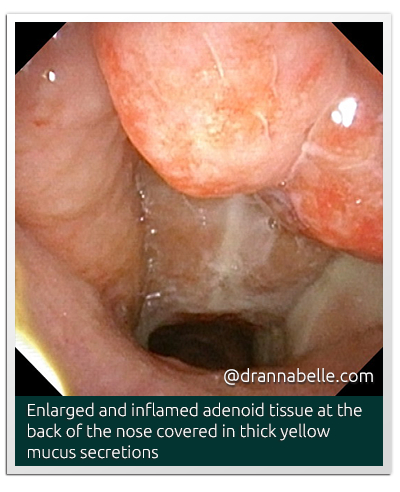
Removal of the enlarged inflamed adenoidal tissue will help to clear the nose to help the child to breathe better and improve the nasal discharge.
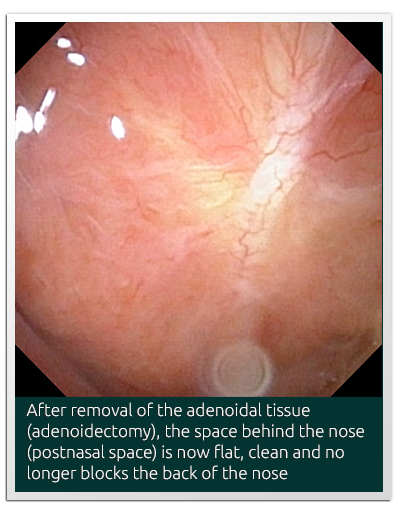
Foreign Body Trapped in Nose
A persistent nasal discharge from one nostril in a toddler may be a warning sign of an underlying foreign body trapped inside that nasal passage, so the nose should be carefully examined deeper within to exclude this.
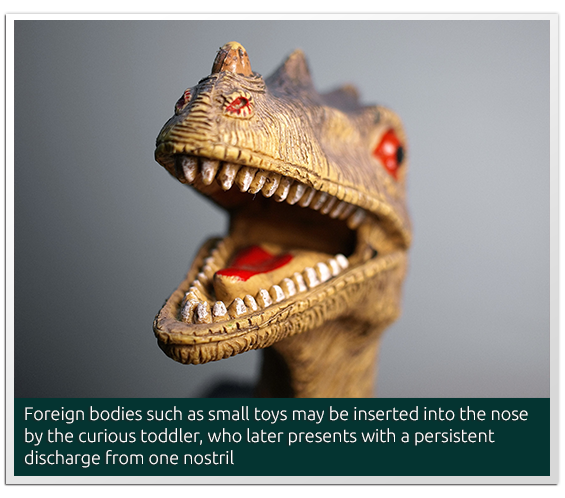
Allergy Problems
Recurrent episodes of clear watery secretions from both sides of the nose may be related to allergy issues, where the nasal lining becomes chronically irritated and swollen, leading to nasal congestion and overproduction of mucus from the nose.
Allergy testing may be helpful in identifying the underlying triggers to minimize exposure to these substances. House dust mite is the most common allergy trigger in Singapore. Medications to control allergy symptoms typically consist of saline nasal washes (douche), steroid sprays and antihistamine syrup such as loratadine and telfast. Desensitisation therapy against grass and house dust mite triggers may may offer a more definitive cure in the form of a daily tablet placed under the tongue (sublingual) but this usually requires longer term treatment for up to 3 years.
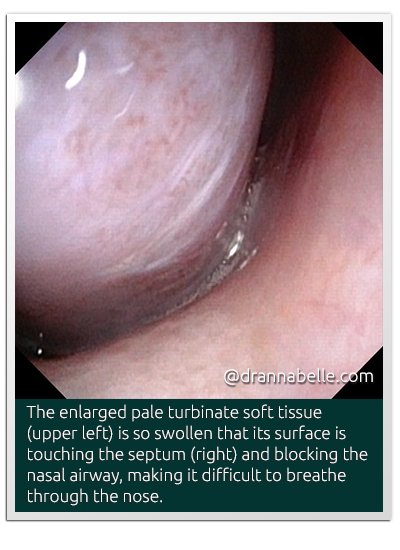
Radiofrequency Ablation of the Inferior Turbinates (RFIT) is a simple, safe and short daycase procedure that is performed to reduce the size of the enlarged swollen soft tissue inside the nose, so that the patient may breathe more clearly. It is highly effective in children and adults and is one of the most popular procedures performed in patients who are fed up of suffering a persistently blocked and runny nose.
